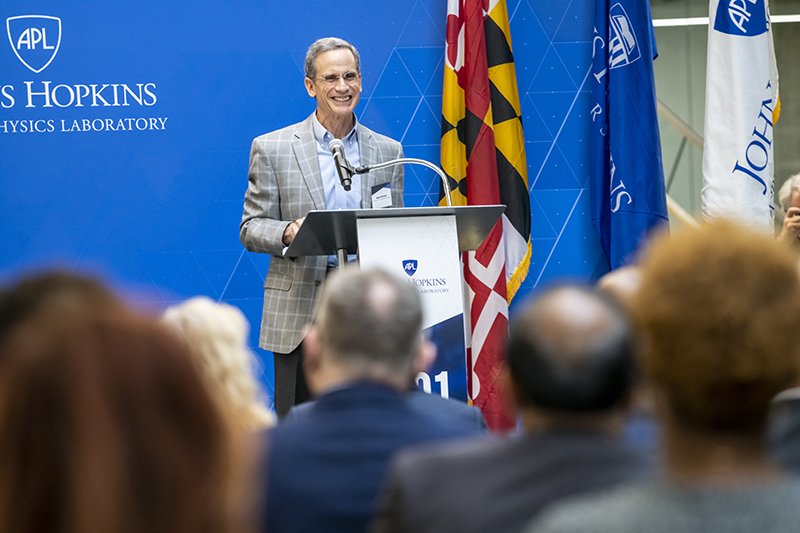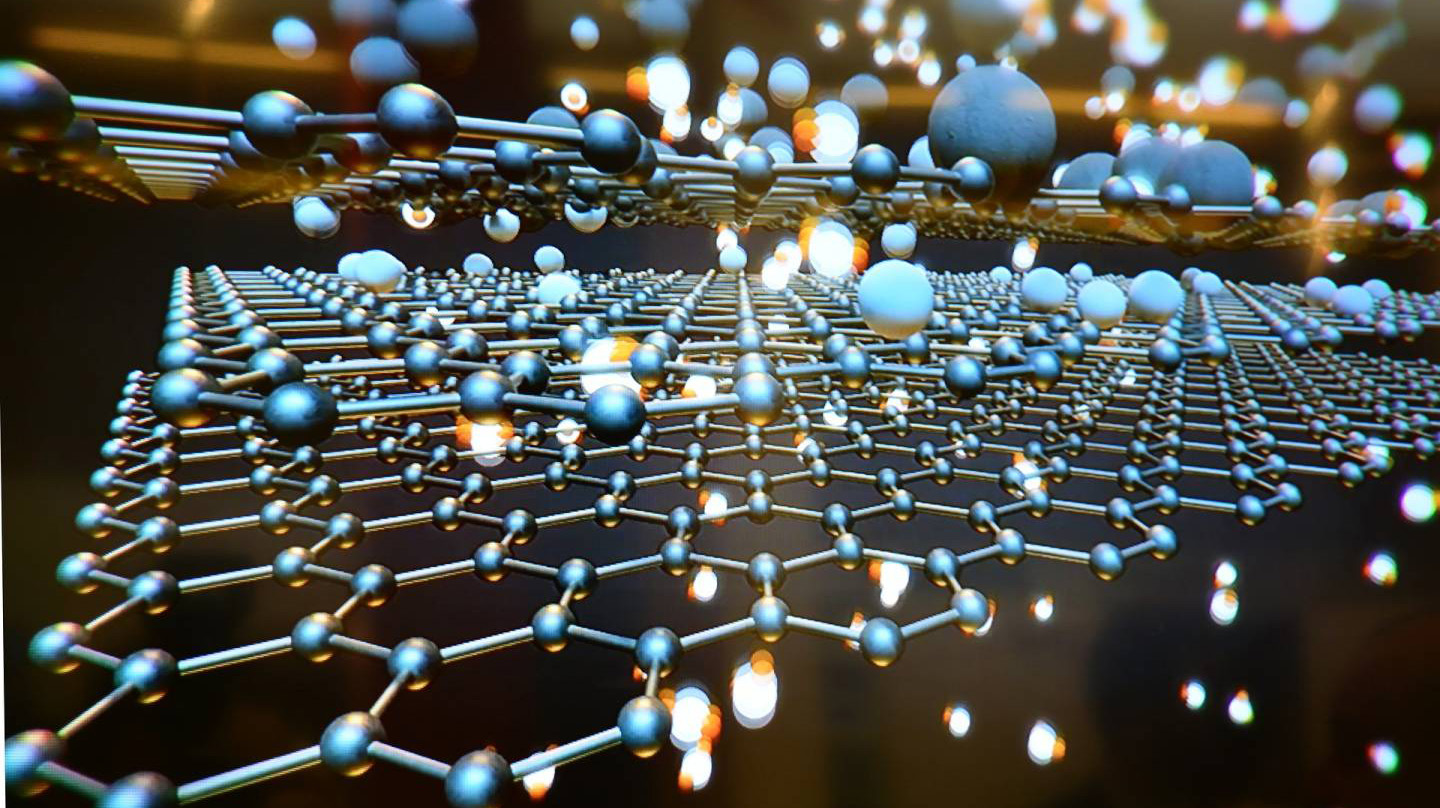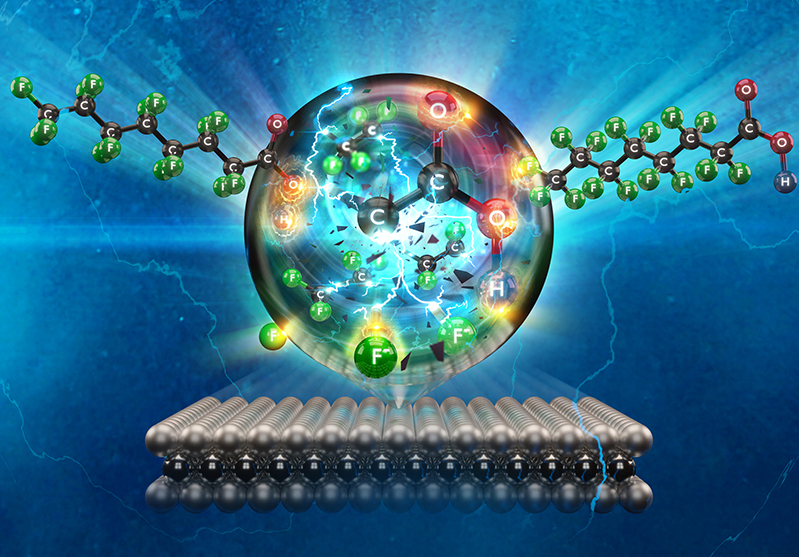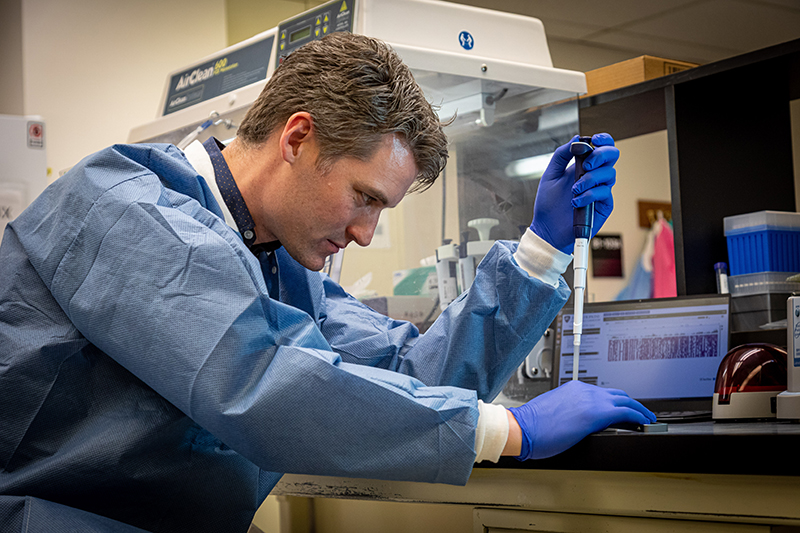
Feature Story
Oct 25, 2021
Reviving a Legacy Technology for Spacecraft Exploration
A legacy material called silicon-germanium is making a comeback in NASA’s next-generation nuclear power source for spacecraft, thanks in part to recent work by an APL-led team. Its resurgence will enable NASA missions to travel farther and longer than current capabilities allow.

Press Release
Oct 22, 2021
Johns Hopkins APL Ushers in New Era of Innovation, Collaboration and Research Capabilities
APL formally opened Building 201 and its state-of-the-art research facilities on Oct. 19, with a ceremony featuring Maryland Gov. Larry Hogan and other government and university leaders.

Press Release
Oct 20, 2021
DART Arrives at Vandenberg Space Force Base, Its Final Stop Before Launch
Just two days after leaving Johns Hopkins APL in a specialized container, NASA's Double Asteroid Redirection Test (DART) spacecraft arrived at Vandenberg Space Force Base in California, where it is scheduled to launch in late November.

Press Release
Oct 15, 2021
JHU Partners With Morgan State on Center to Develop Ultrathin 2D Materials
Using a five-year, $7.5 million grant from the U.S. Department of Defense, Johns Hopkins and Morgan State University are creating the Center for Advanced Electro-Photonics with 2D Materials, a first-of-its-kind initiative with a dual mission: to develop two-dimensional materials for use by DoD, and to expand and diversify the technology and defense-sector talent pipelines by training students from underrepresented minority groups.

Press Release
Oct 13, 2021
Johns Hopkins APL Devises Clean, Cost-Effective Method to Eliminate PFAS ‘Forever Chemicals’ in Water
Scientists at APL have devised a unique way to destroy these ubiquitous and toxic environmental chemicals for good. The method is inexpensive, does not generate undesirable byproducts and is practical and scalable for a variety of governmental, civilian and commercial applications.

News
Oct 11, 2021
New Moon-Based Study Again Shows Spacecraft Could Answer Neutron Lifetime Mystery
Just a year after a team from Johns Hopkins APL and Durham University showed for the first time that spacecraft could help end a decades-long stalemate on how long a neutron can last outside an atom’s nucleus, the team has done it again. In a new study using lunar data, the team made a tenfold improvement on their last estimate, drawing closer to answering a question that will improve our understanding of the early universe.

News
Oct 1, 2021
DART Gets Its CubeSat Companion, Its Last Major Piece
Shortly after it arrived at Johns Hopkins APL, the Italian Space Agency’s first-ever deep-space miniaturized satellite, called LICIACube, was installed on DART. The CubeSat will snap images of DART as it performs its final maneuver: a deliberate crash into an asteroid.

Press Release
Sep 30, 2021
With Basestack, Johns Hopkins APL Enables Crucial Genomics Work Around the World
Genomics work has historically been the province of small, highly specialized laboratories with access to top-of-the-line hardware, infrastructure support and technical expertise. Now, a software platform developed largely by APL is making advanced genomics tools accessible and user-friendly for scientists and public health workers around the world.

Press Release
Sep 24, 2021
Johns Hopkins APL’s Augmented Reality Toolbox Helps Army Improve Situational Awareness
APL has been working with the U.S. Army to develop an experimental prototype for the Multi-Domain Task Force for situational awareness, targeting and intelligence preparation of the operational environment at the security level of the unit.

News
Sep 20, 2021
Sensing the Planet: Johns Hopkins APL Working to Provide Data for Mitigating Climate Change
Researchers at the Johns Hopkins Applied Physics Laboratory (APL) in Laurel, Maryland, are applying expertise in sensing and modeling to predict Earth system changes, providing data to support decisions on the national security aspects of mitigating effects of climate change.